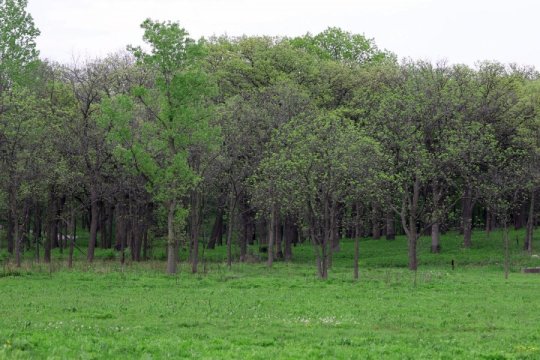[ad_1]
Many studies on the impacts of global temperature rise have suggested that the range of trees will migrate poleward and upward. However, research that will be presented at the 2018 ESA Annual Meeting in August suggests that more tree species have shifted westward than poleward.
The effects of climate change on trees can be complicated — different combinations of changes in temperature and precipitation can result in different impacts, and different species can have different responses. As such, resource managers lack a comprehensive understanding of large-scale climate change impacts on forest ecosystems.
Songlin Fei, Associate Professor at the Department of Forestry and Natural Resources at Purdue University, sought to provide some understanding to this problem. Using field data across the eastern US, he analyzed 86 tree species and groups to investigate the magnitude and direction of their responses to climate change over the last three decades and to provide an understanding of any changes.
He found that 73 percent of tree species have experienced a westward shift while 62 percent have experienced a poleward shift. It appears that the shifts are largely associated with changes in moisture availability. The shifts are also associated with species that have similar traits (drought tolerance, wood density, and seed weight) and evolutionary histories, such as deciduous vs. evergreen species. The results suggest that changes in moisture availability have stronger near-term impacts on forest dynamics than do changes in temperature.
Fei’s talk is part of a session that will discuss research on other large-scale climate change impacts on important forests in the eastern US, such as upland oak forests which provide a wealth of ecological and economic services including wildlife habitat, timber, and water resources. These forests have adapted to persist in fire-prone areas; human-induced fire control may change this by allowing tree species that are fire-intolerant and shade-tolerant (mesophytes) to outcompete the oaks in the absence of fire. Without fires, these mesophytes may foster their own proliferation through a variety of poorly-understood mechanisms, while increasing vulnerability of the upland oak forests.
Story Source:
Materials provided by Ecological Society of America. Note: Content may be edited for style and length.
[ad_2]















